Therefore, volunteer tourism is currently considered an effective way to develop tourism projects for the people. Instead of bringing fish, volunteer tourism is bringing fishing rods to develop community tourism.
Bringing money and material to ethnic minority areas that are still in difficulty or have suffered from natural disasters is already very valuable. But increasingly, we see that in order for mountainous areas and ethnic minority people's lives to develop sustainably, we need more sustainable ways of doing things.
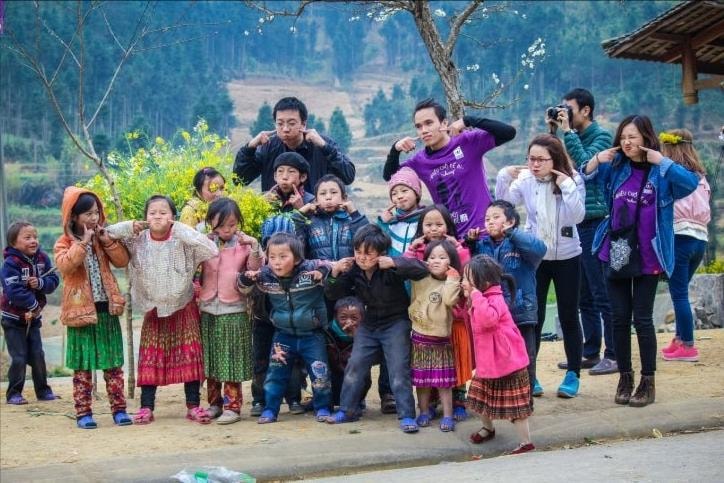
Volunteer tourism, bringing people a "fishing rod"
Volunteer tourism is an increasingly popular travel trend in the world, because it not only brings tourists unique and meaningful experiences, but also contributes to solving social problems and sustainable development. This activity is also a way for tourists to show responsibility and respect for the country and people they visit.
Currently, most of the houses in Lo Lo Chai are used as homestays with full amenities such as toilets, tea tables, and hygienically arranged common living spaces, both meeting the needs of tourists and preserving the typical architectural style of the nation. Since the change in economic methods, from a purely agricultural village to an attractive tourist destination, the face of the countryside has changed positively, and people have escaped poverty with their own efforts and abilities.
Volunteer tours are becoming more and more popular as tourists themselves can participate in trips that combine local tourism, enjoy entertainment services, shopping and help locals improve their services. The program focuses on eco-tourism with the goal of helping people, especially poor families, to develop jobs right in their hometown or in their own homes by building “homestays”, regional cultural experience services, etc.
A form of tourism that combines volunteering with activities that benefit both tourists and local communities. Volunteer tourists participate in activities such as teaching, health care, nature protection, supporting community development, and cultural exchange with local people.
The help is not only in a few visits but also in long-term care and companionship from the time the house is just a place to live, the garden is a place to raise livestock and grow crops until that space becomes a place to stay and travel from which people can increase their income.
The volunteer story has not only "given fish" but has also given the people a "fishing rod" so that they can confidently develop tourism in their homeland, preserve the unique culture of the nation and create a legitimate source of income.
The effectiveness of these models is not easily seen in weeks or months, but requires a long period of time, on average, a model takes 1-2 years to prove its effectiveness. Therefore, this is a long and arduous journey, requiring the attention and participation of local authorities, the determination of the people to escape poverty, and the joint efforts of businesses and travel agencies.
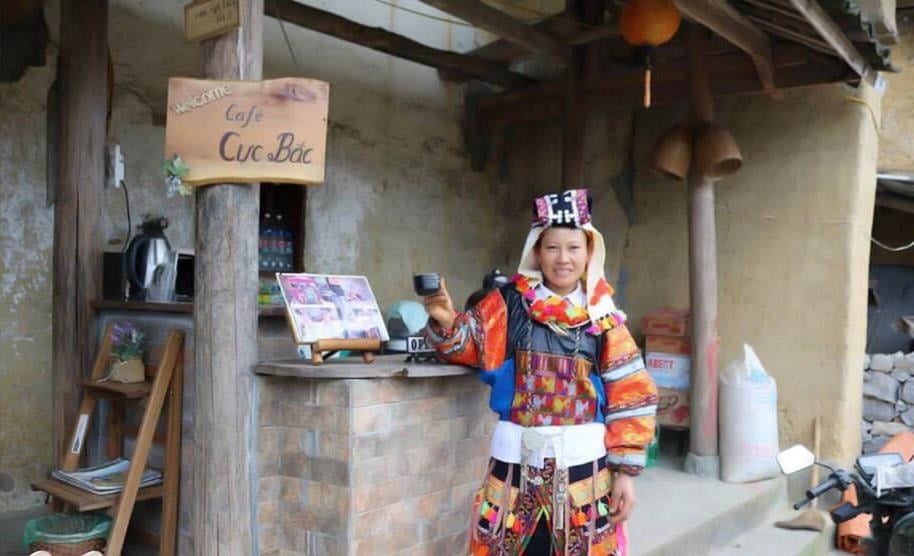
Lo Lo Chai Dictionary
Lo Lo Chai (Lung Cu commune, Dong Van district, Ha Giang province), a typical project site, was "transformed" by the combination of local authorities, people and volunteer tours.
Initially, Lo Lo Chai did not develop tourism, people still lived on agriculture and livestock, with low economic efficiency. After the determination of the local government, people and businesses, Lo Lo Chai has "put on a new coat" with developed infrastructure, receiving more attention from tourists, but still keeping intact the architecture and cultural beauty of many generations of Lo Lo people.
Lo Lo Chai village has 119 households, including 2 ethnic groups, of which 109 are Lo Lo households, the remaining 10 are Mong households. Up to now, Lo Lo Chai has a total of 42 households developing homestay services. The number of tourists in 2023 at the community cultural tourism village ranges from 400 - 600 guests per day. The average income of people from tourism services reaches 50 - 70 million VND per household per year, with some households reaching 200 million VND per year.
The houses with rammed earth walls and tiled roofs are located close together. The people maintain the habit of wearing traditional costumes, promoting carpentry and embroidery, and festivals associated with the spiritual life of the people through many generations such as the Forest God worshiping ceremony, the new rice celebration, the new house celebration, etc. The good traditional culture is preserved intact, with an emphasis on environmental sanitation, landscape protection, and the friendliness and hospitality of the local people.
From a small “unknown” village, people’s lives faced many difficulties because their main source of income was a few corn fields grown on the rocky mountains; up to now, Lo Lo Chai village has taken on a new look. Changes in the way of thinking and working of the Lo Lo people have turned this place into a “bright” spot for community tourism (homestay) on the tourist map of Ha Giang, bringing a prosperous life to ethnic minorities at the foot of Dragon Mountain.
Over the years, VEO (Volunteer for Education Organization) has been one of the pioneers in volunteer tourism and the first place to start volunteer tours to Lo Lo Chai, contributing to the development of this community tourism village. VEO's project is that visitors will participate in English classes for children in the village; participate in giving ideas to build experiential tourism products; collect documents and build promotional content for the community tourism model in Lo Lo Chai as well as the culture of the Lo Lo Chai people...
The current trend of volunteer tourism has also spread to the activities of many universities. If in 2023, the Faculty of Tourism of the University of Social Sciences and Humanities (Vietnam National University, Hanoi) implemented the project "Flowers in the Border" to promote tourism in Binh Lieu (Quang Ninh), in 2024, this unit implemented the project "Bright Sun in Shan Tuyet". This volunteer tourism campaign has built review products in the form of videos, articles and posted on social media channels to promote the beauty and culture, and experience agricultural tourism in Cao Banh village, Ha Giang.
Volunteer tourism activities are increasingly organized in a diverse and flexible manner, from cleaning, farming, building houses, repairing classrooms, etc. to health care, teaching foreign languages, information technology, life skills, etc. In Sa Pa (Lao Cai), popular volunteer tours are staying at local people's homes and teaching English to ethnic minority children. Regarding environmental protection and wildlife conservation, there are turtle rescue tours in Con Dao (Ba Ria - Vung Tau) from July to September every year; collecting trash in Ly Son Island (Quang Ngai), planting trees in Da Lat (Lam Dong)... In general, popular volunteer tourism activities are helping to build vegetable gardens in kindergartens, repainting classrooms, libraries, painting murals; in addition, visiting traditional craft villages, taking photos, writing blogs to promote local tourism. Thus, guests who are also volunteers gain experience and understanding, while the local community benefits from social security and increased income from tourism.
However, volunteer tourism also requires certain conditions that not everyone, at any time, can participate in. Many programs limit the number of members to focus on professional and effective activities. On the other hand, volunteers must also be tested and trained to ensure good health, motor skills, communication skills, enthusiasm, cultural respect, etc. If at first, volunteer tours were usually only attended by foreigners, now more and more Vietnamese people are registering for volunteer tourism.
Volunteering but towards sustainability
Unlike charity activities that only aim to bring money and gifts to local people, volunteer tourism is primarily aimed at tourism. That is, tourists still have to spend money to travel as usual, still experience tourism activities, still spend money on local tourism products. The only difference is that tourists do not only enjoy tourism but also voluntarily participate in the process of developing people and land.
It is noteworthy that volunteer tourism organizations focus on educational programs, providing disadvantaged people, poor residents, victims of fraud, etc. with long-term career and life development opportunities, instead of short-term charity activities.
The destinations that the volunteer tourism model chooses are mainly places with potential for tourism development, but the people there do not know how to develop it. Therefore, volunteer tourists will train them to communicate in English, do homestays so that they can see that besides farming and fishing, there are still new ways to earn money and can develop sustainably.
In order for volunteer tourism to play its proper role and purpose, participants also need to be equipped with certain skills, especially the goals and principles of sustainable tourism development.
However, according to VEO, the process of convincing people at each project site depends on the needs and willingness of the people to change, and this process does not always go smoothly.
After successfully persuading people to participate in tourism development, it is inevitable that there will be shortcomings because people have no experience in providing services. At that time, the volunteer team always accompanies people to remove and solve those difficulties. However, sometimes it is not just guidance and suggestions that people will accept changes, but it is also a long journey to shape their thinking, equip them with knowledge, from the attitude of welcoming tourists to preparing accommodation, cooking and serving. This form of tourism is a special bridge between international experts and the local community. Vietnamese volunteers participating in the program, in addition to experiencing and learning, also have the opportunity to support community development projects and disadvantaged people in society.
After Typhoon Yagi, Lao Cai Tourism Promotion Center coordinated with other units to build more experiential tours, combining volunteering and supporting villages severely damaged by natural disasters.
In addition to helping restore the tourism economy of areas damaged by floods, volunteer tours with support from travel companies and local authorities will help volunteer activities achieve better results, tourists will know exactly where they need support as well as what support they need, thereby avoiding the situation of having too much in one place and not enough in another.
For example, the tour "Discovering Sa Pa - the city in the mist combined with a charity program" with visiting and giving gifts in Muong Hoa commune; tour to explore Bac Ha market - cruise on Chay river combined with a charity program, helping disadvantaged students in Hoang Thu Pho or Lung Phinh commune; tour to visit spiritual tourism, community tourism in Bao Yen combined with charity in Nghia Do, Lang Nu (Phuc Khanh); tour to explore Muong Hum - Y Ty - Lung Po combined with charity, giving gifts to students in A Lu, Nam Pung...
Many travel agencies have also launched tours in this direction. Typical charity tours combine tourism with charity activities in a sustainable and effective way. Notably, these tours still ensure that the attractions and experiences are served to tourists. Thus, there are both charity activities and tourism development stimulation, especially community tourism.





![[Photo] Feast your eyes on images of parades and marching groups seen from above](https://vphoto.vietnam.vn/thumb/1200x675/vietnam/resource/IMAGE/2025/4/30/3525302266124e69819126aa93c41092)

![[Photo] Fireworks light up the sky of Ho Chi Minh City 50 years after Liberation Day](https://vphoto.vietnam.vn/thumb/1200x675/vietnam/resource/IMAGE/2025/4/30/8efd6e5cb4e147b4897305b65eb00c6f)
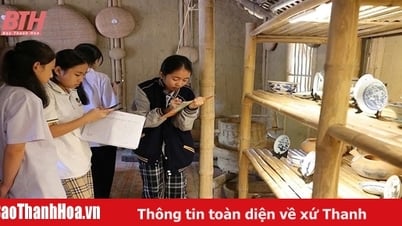


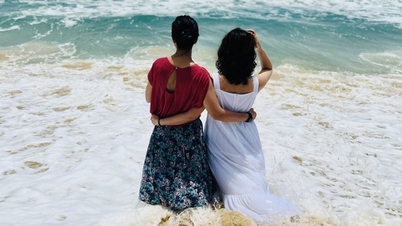


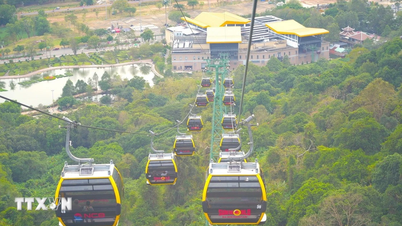
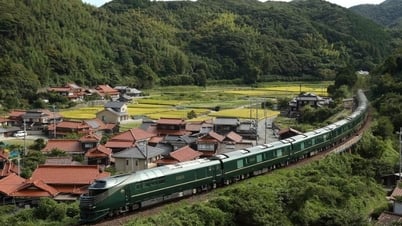
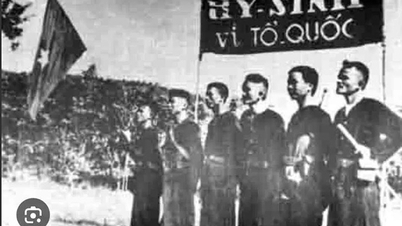
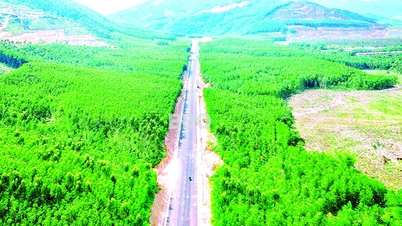

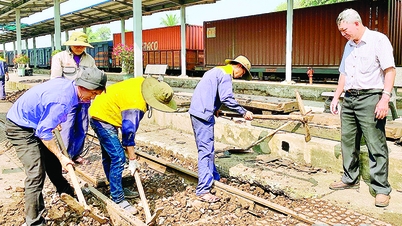
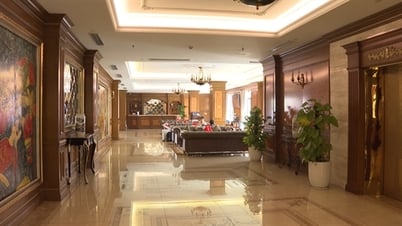





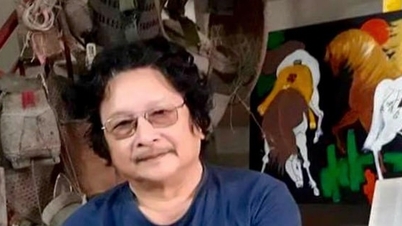
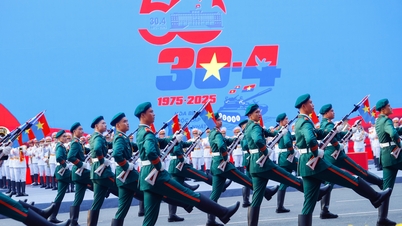

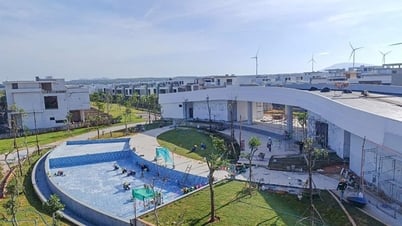



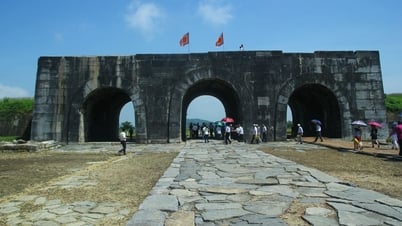



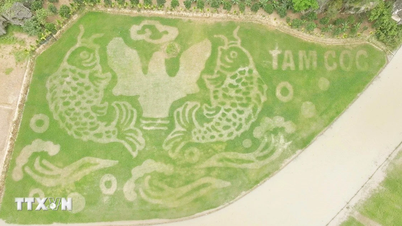











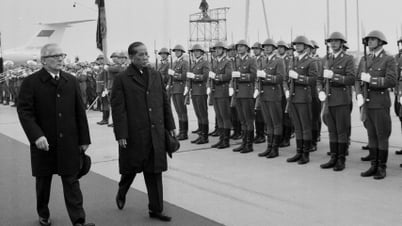

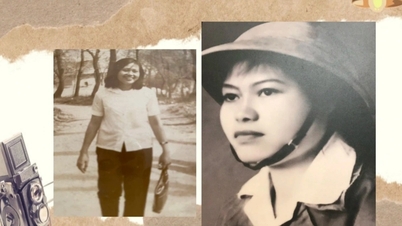















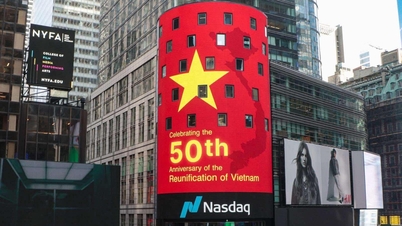

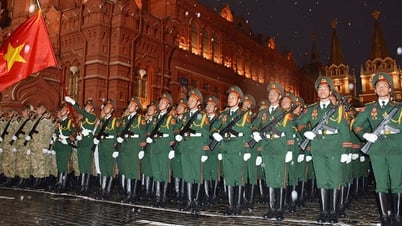












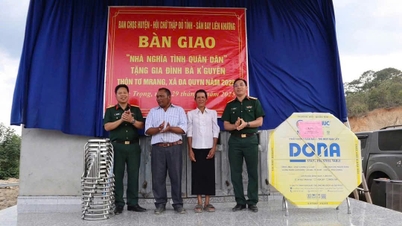

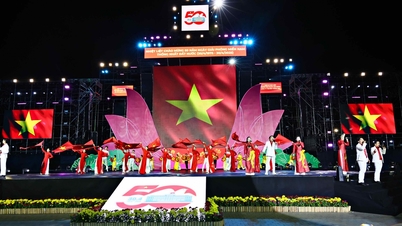













Comment (0)